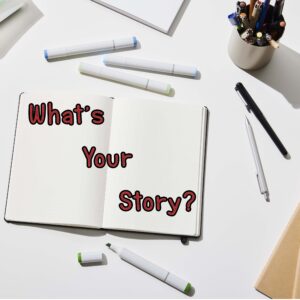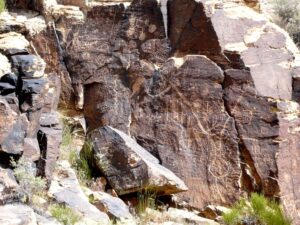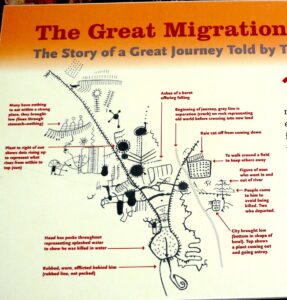
Confession time: The above paragraph was difficult to write, as I was brought up not to blow my own horn, but times are changing, so I’m trying a different approach.
WORLD STORYTELLING DAY ORAL TRADITION
However favorably I view my skill, I am awed at the Native Americans’ rich history of storytelling. These tales honor all life and focus on their relationship with the natural world. The tale is done through songs, dances, and prayers. Each narrative is a part of a greater whole, with neither beginning nor end. Combined, the stories give a fuller sense of life.
According to the Circle of Stories, these stories cover a wide range of topics:
- Symbolic—refer to larger bodies of oral literature,
- Lessons—describe how and why things are the way they are,
- Instructions from spirit mentors—explain how to conduct ceremonies,
- Descriptions of natural processes—water cycles, inter-species relationships, life cycles of plants, earth movements and soil types,
- Survival accounts—hunting, gathering, and farming stories talk about how to collect, prepare, and eat foods,
- Oral maps for travel—describe historic and on-going migrations of tribe for subsistence and holy journeys,
- Magical tales of transformation—articulate the mystery and complexity of being human, and
- Adventures in love, romance, and marriage.
AWESOME!
WORLD STORYTELLING DAY VISUAL TRADITION
The Story of the Great Migration from the Old World to the New, located at the Parowan Gap in Utah, is a great representation of visual storytelling. While the exact dates of the story carvings are unknown, they are thought to be thousands of years old. I was fortunate to view these petroglyphs on a trip to Utah in 2017.
WORLD STORYTELLING DAY WRITTEN TRADITION
When the written word was developed, visual and oral stories were transcribed into this format. New stories continue to be captured in writing. The printing press altered this form of storytelling, making stories available to a global audience.
Written storytelling is my go-to today. And what makes a good story? Plot, characters, setting, message, conflict, and resolution. Everyone wants issues resolved. In my last novel, Rapture by Revenge, Warriors for Equal Rights, my characters were run off the road by a white pickup truck. The perpetrator was never found since white pickup trucks were ubiquitous in the area. While I resolved many other issues, this one wasn’t. No one was killed; the cops didn’t look too hard. A reader was agitated at not having this incident resolved. But that’s real life. We don’t always know what happened. However, for me, this was a lesson learned in my storytelling journey.
WORLD STORYTELLING DAY DIGITAL TRADITION
Digital storytelling is all the rage these days—film, TV, YouTube, blogging, Twitter, Facebook, Instagram, TikTok—you name it. Everyone’s into it.
Even I’ve dabbled in the digital format. Take my journey with the Dancing Worm, for instance. Or Granny (yep, that’s me) Drives a Tank (Yes, a real German Leopard Snow tank.) My grandson favors Have A Kopstoot, which is probably why it has so many views. You can find my foray into digital storytelling on my youtube channel.
What’s your favorite mode of storytelling?
Sign up on www.mariewatts.com to receive future Stories About Life delivered to your email address or read more stories by clicking here.



Recent Comments